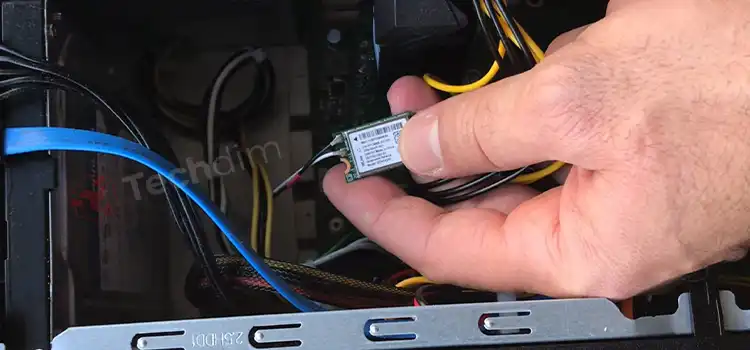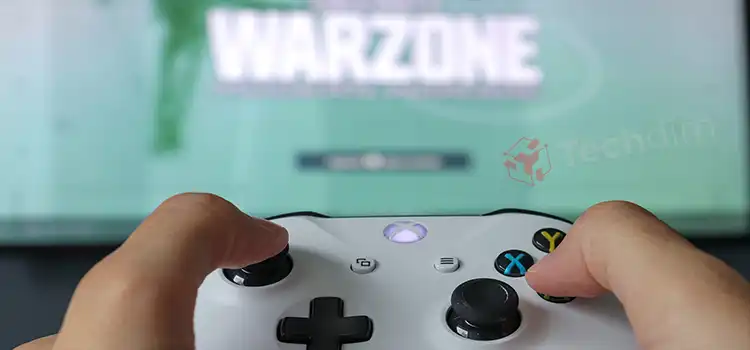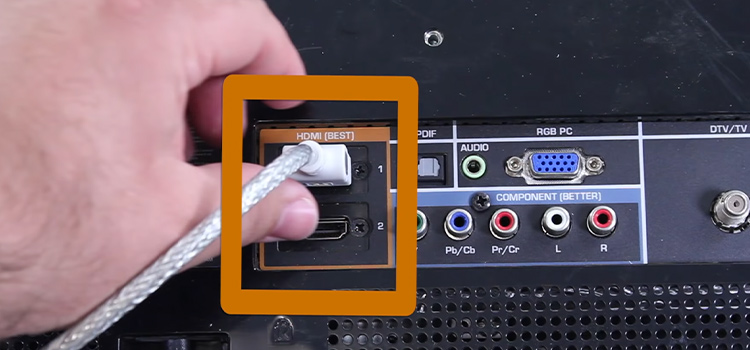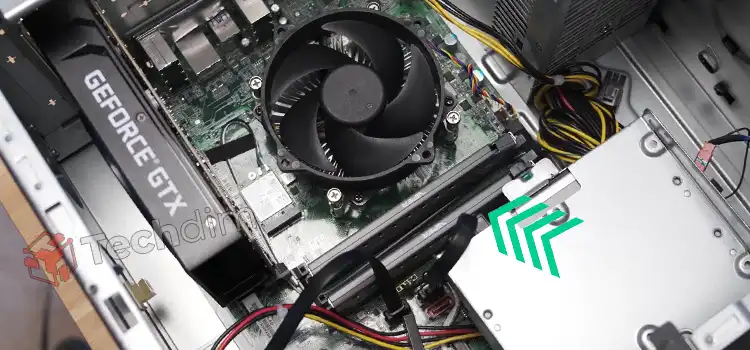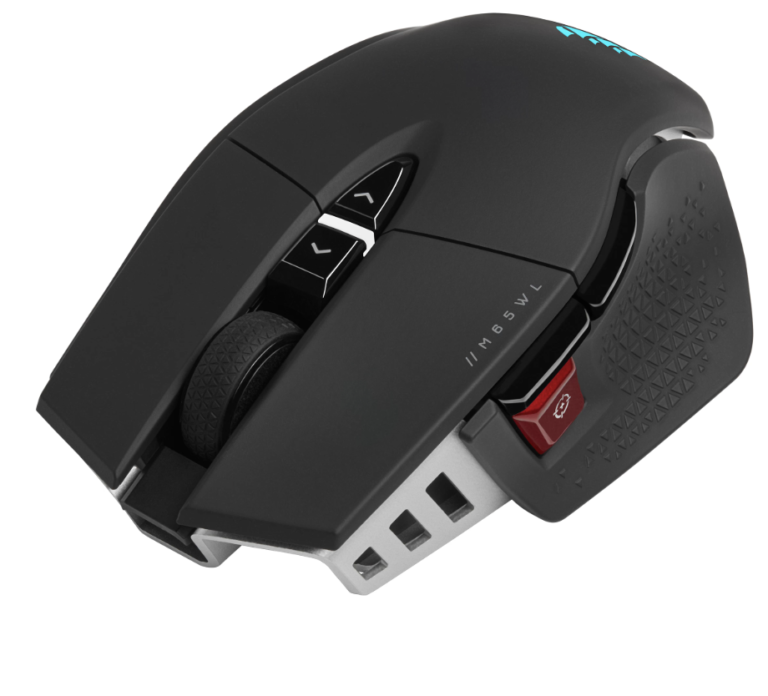How to Get Your Computer to Recognize Your HDMI Splitter?
HDMI splitters allow the extension of a computer’s display across multiple monitors by splitting the video signal between several attached screens. But occasionally, computers fail to detect the attached splitter and secondary displays, preventing the use of the full multi-monitor configuration.
By methodically troubleshooting factors like cabling, power, input/output settings, and software, we can diagnose the root cause of the HDMI splitter failing to be recognized. I will provide targeted troubleshooting tips to properly establish connectivity and regain expanded desktop functionality.
My goal is to help fix frustrating HDMI splitter detection issues that prevent users from enjoying expanded productivity through a multi-display setup with just one computer.

Assessing the Issue
First of all, it’s necessary to understand the complexity of HDMI splitter issues to ensure effective troubleshooting. Therefore –
Ensure Compatibility of HDMI Splitter
The foundation of a successful HDMI splitter setup lies in the use of compatible HDMI cables. These cables act as the lifeline for transmitting both video and audio signals. A common oversight that can lead to recognition failures is the use of incompatible cables. To mitigate this, carefully select and use certified premium High-Speed HDMI cables. Additionally, test the signal power by connecting other devices to the source, ensuring the HDMI splitter’s compatibility with various devices in your setup.
Check the Power Source
Often overlooked, the power source for your HDMI splitter is critical for its proper functioning. Before delving into intricate troubleshooting steps, confirm that the power source aligns with the voltage requirements of the splitter. Inadequate power can lead to a myriad of issues, including poor video and audio quality. Ensuring a reliable power source is the first step in resolving recognition failures.
Review Setup Compatibility
A crucial aspect of HDMI splitter troubleshooting involves scrutinizing the compatibility of your setup with visual and audio resolutions. Differences in resolution, refresh rates, and HDCP (High-bandwidth Digital Content Protection) can lead to compatibility issues. Before purchasing an HDMI splitter, it’s imperative to ascertain its compatibility with your source device and all the displays in your configuration.
Basic Troubleshooting Steps
Embarking on a journey to troubleshoot HDMI splitter issues requires a systematic approach to identify and address fundamental concerns.
Unplug and Re-Plug the Cable
In the realm of technology, the age-old adage of turning it off and on again often holds true. A simple yet effective troubleshooting step involves unplugging the HDMI cables and power source from the splitter. Subsequently, reconnect one display and observe. Waiting for several seconds before plugging the power cable back into the HDMI splitter can surprisingly resolve common recognition issues, offering a quick remedy to a potentially complex problem.
Ensure Splitter’s Compatibility
Compatibility issues are pervasive when dealing with HDMI splitters. The interplay between the source device and the connected displays must align seamlessly for optimal performance. Before diving into troubleshooting, verify that the HDMI splitter is compatible with both the source device and all the displays in your setup. Incompatibility can manifest as recognition failures and is a common stumbling block for users seeking a hassle-free multi-monitor experience.
Ensure HDMI Cable Is Fine
HDMI cables are the conduits through which your video and audio signals traverse. Any fault in these cables can lead to a cascade of issues, including poor image quality, signal loss, audio discrepancies, and compromised screen resolution. Thoroughly inspect all AV cables in your setup to ensure they are connected correctly and are free from damage. Opting for high-quality HDMI cables capable of handling the necessary bandwidth for high-definition content is essential for a robust and reliable HDMI splitter setup.
Ensure Adequate Power Source
The power source for your HDMI splitter is the lifeblood of its operation. Inconsistent or inadequate power can result in a myriad of issues, ranging from intermittent recognition failures to compromised video and audio quality. To address this, ascertain that the power source for your HDMI splitter aligns with the device’s voltage requirements. This foundational step can significantly contribute to resolving recognition issues.
Reduce HDMI Cable Length
As technology advances, HDMI cables have evolved to accommodate higher resolutions and enhanced performance. However, longer HDMI cables can introduce interference and connectivity issues. If you find yourself grappling with recognition failures, consider reducing the length of your HDMI cables. Alternatively, invest in HDMI extenders or strategically rearrange your A/V devices to minimize cable length. This seemingly straightforward adjustment can often yield significant improvements in connectivity and performance.
Ensure Correct Input and Output Settings
Incorrect input or output settings are a common source of HDMI splitter recognition issues. Ensuring that the splitter’s input and output settings align with the resolution and refresh rate of your devices is crucial. Take the time to navigate through the settings and confirm that each component is configured correctly. Additionally, verify that your devices are set up to output content through HDMI and that the correct input is selected on your displays. Attention to these details can circumvent recognition failures stemming from misconfigured settings.
Keep Device Firmware Up-to-date
In the rapidly evolving landscape of technology, firmware updates are instrumental in addressing compatibility issues and enhancing device performance. If you’ve exhausted the aforementioned troubleshooting steps without success, turn your attention to all connected devices. TVs, remote controls, video walls, audio hardware, and other peripherals may require firmware updates to align with the evolving standards. Thoroughly inspect each device and apply necessary updates. Retest your connectivity after ensuring that all firmware is up to date.
Advanced Troubleshooting
As recognition failures persist, advanced troubleshooting steps become imperative to delve deeper into the intricacies of HDMI splitter connectivity.
Differentiate Splitter Types
HDMI splitters come in two primary types: amplified powered splitters and passive splitters. The former actively amplifies signals, providing enhanced performance, while the latter replicates signals passively. A key differentiator is the requirement for external power. Amplified-powered splitters necessitate a connection to an active power source, while passive splitters function without external power. In instances of recognition failures, verifying that the powered splitter is appropriately connected to active power is crucial. Understanding the inherent differences between splitter types can guide troubleshooting efforts and inform potential solutions.
Check for Software Conflicts
The intricacies of software interactions can contribute to HDMI splitter recognition failures. Conflicts with other software drivers or management applications on the host computer may hinder proper functionality. An effective approach to identify and isolate software-related issues involves booting into Safe Mode. In Safe Mode, only essential drivers and services are loaded, providing a pristine environment for troubleshooting. Gradually re-enable potential problematic applications one by one to pinpoint the source of conflicts. Clean boot and selective startup options are additional tools that can aid in troubleshooting software-related recognition failures.
Adjust BIOS Settings
The computer’s BIOS (Basic Input/Output System) settings play a pivotal role in determining hardware interactions. Accessing the BIOS allows users to delve into the intricacies of the default display adapter, onboard graphics usage, and settings to explicitly enable HDMI port. Consult your motherboard’s manual for guidance on entering the BIOS setup and navigating relevant options. Adjusting BIOS settings can provide insights into detection failures and optimize display connectivity. This advanced troubleshooting step requires careful consideration of your specific hardware and may unveil solutions to persistent recognition issues.
Additional Tips
As recognition failures persist, exploring alternative solutions and considering additional tips can offer a holistic approach to troubleshooting HDMI splitter issues.
Explore Alternatives
When faced with stubborn recognition failures, exploring alternative solutions can provide valuable insights. Consider using the HDMI output from a discrete graphics card instead of motherboard connectors. Discrete graphics cards often offer superior performance and stability for multi-monitor connectivity. Additionally, USB-to-HDMI adapters present an alternative avenue for connecting displays through USB data ports. These adapters can circumvent recognition issues associated with HDMI splitters, offering a viable alternative for users seeking a reliable multi-monitor setup.
BIOS Firmware Update
As technology evolves, firmware updates become crucial for addressing compatibility issues and enhancing device functionality. If recognition failures persist despite exhaustive troubleshooting, consider checking for a BIOS firmware update from your motherboard manufacturer. BIOS updates may include optimizations that improve device detection and compatibility. Keep in mind that updating BIOS firmware requires careful adherence to manufacturer guidelines to prevent unintended consequences.
Contact Tech Support
In instances where recognition failures persist despite exhaustive troubleshooting efforts, seeking direct support from relevant tech support channels becomes imperative. Contacting the manufacturer of your PC, HDMI splitter, or graphics card provides access to specialized assistance. Tech support professionals possess in-depth knowledge of their products and can guide users through tailored troubleshooting steps. Additionally, manufacturers may offer insights into potential solutions or firmware updates specific to their devices. When all else fails, reaching out to tech support serves as a valuable resource to identify and address recognition issues beyond the scope of individual troubleshooting.
Common FAQs
Why does my computer fail to detect connected displays?
Recognition failures often stem from loose cable connections, faulty cables, underpowered or damaged splitters, outdated drivers, or motherboard BIOS settings needing adjustment to enable all video outputs.
What are some HDMI splitter limitations?
Passive HDMI splitters suffer signal degradation at high resolutions and cable lengths. Active-powered models amplify signals for better performance. Models also vary in the maximum number of display outputs. It is crucial to verify specifications to ensure they suit your specific needs.
What do I do if even after troubleshooting, my computer still won’t detect the HDMI splitter?
In rare cases, detection failures persist even after troubleshooting software, cables, and configuration. As a last resort, contacting the manufacturer of your splitter or computer system for direct support can help identify remaining fixes unresolved on your own.
Conclusion
Taking a structured approach to troubleshooting an HDMI splitter your computer fails to detect delivers a systematic process to restore multi-display operation. Essential steps include verifying physical connectivity, testing components in isolation, updating software and drivers, adjusting BIOS settings, and examining alternative display adapters. Combined with additional online resources and manufacturer tech support, the majority of recognition failures can be resolved, allowing HDMI splitters to enable enhanced productivity through multi-monitor desktops.
Common FAQs
Why does my computer fail to detect some connected displays?
Display detection failures typically stem from loose cable connections, faulty cables, underpowered or damaged splitters, outdated drivers, or motherboard BIOS settings needing adjustment to enable all video outputs.
What are some limitations when using HDMI splitters?
Passive HDMI splitters suffer signal degradation at high resolutions and cable lengths. Active-powered models amplify signals for better performance. Models also vary in max number of display outputs. Verify specifications suit your needs.
What do I do if even after troubleshooting my computer still won’t detect the HDMI splitter?
In rare cases, detection failures persist even after troubleshooting software, cables, and configuration. As a last resort, contacting the manufacturer of your splitter or computer system for direct support can help identify remaining fixes unresolved on your own.
Additional Resources
Display and Graphics Card Manufacturers
Computer Hardware Support Forums
Subscribe to our newsletter
& plug into
the world of technology
